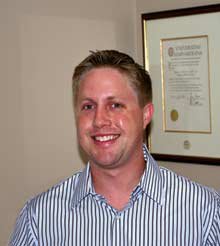Computer & electronics hardware
James Carey
Using “black silicon” to build inexpensive, super-sensitive light detectors <br>

Global
Aydogan Ozcan
Inexpensive chips and sophisticated software could make microscope lenses obsolete <br>

Global
Kevin Fu
Defeating would-be hackers of radio frequency chips in objects from credit cards to pacemakers

Global
Pranav Mistry
A simple, wearable device enhances the real world with digital information

Global
Adrien Treuille
Complex physics simulations that can run on everyday PCs
